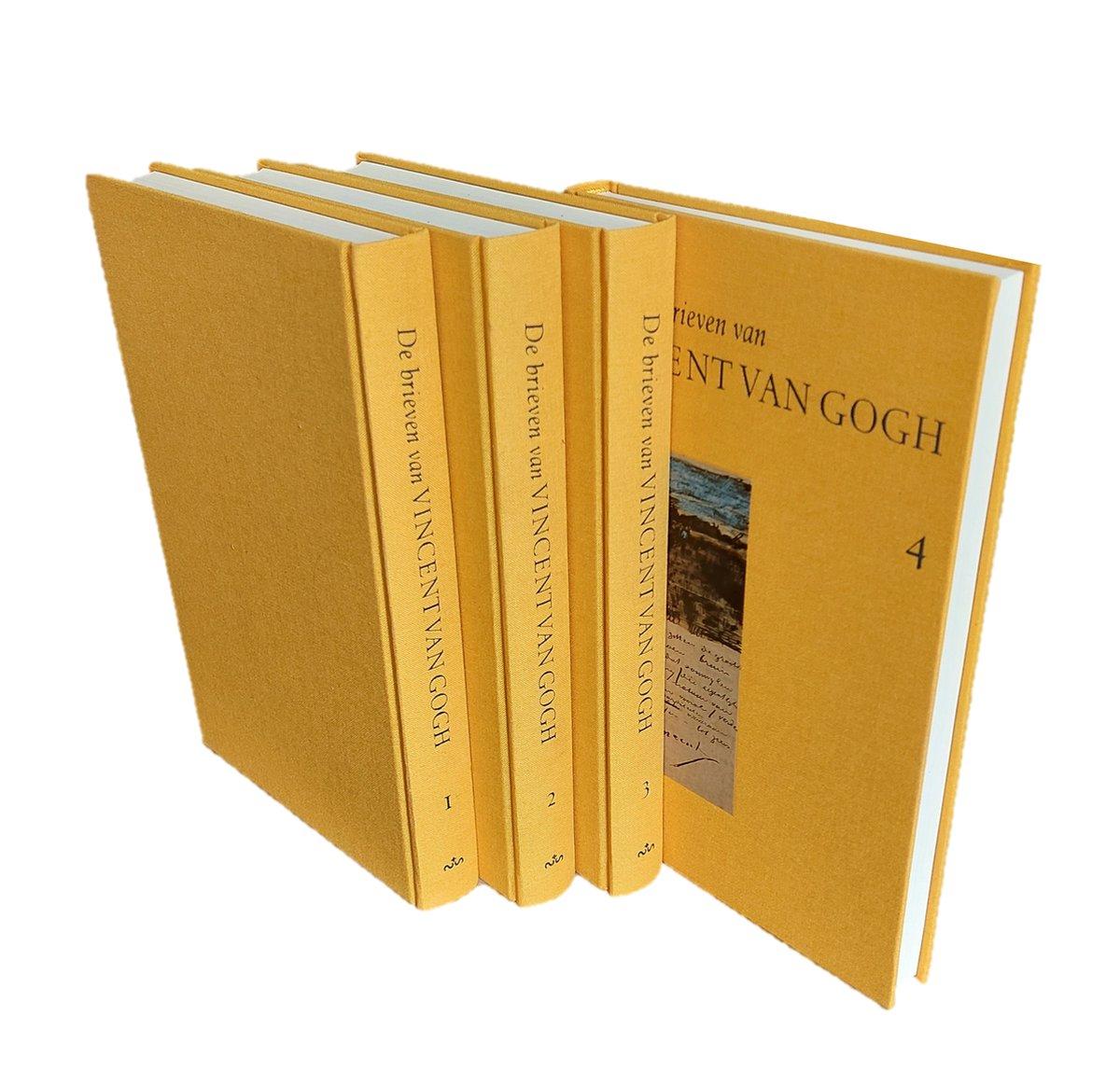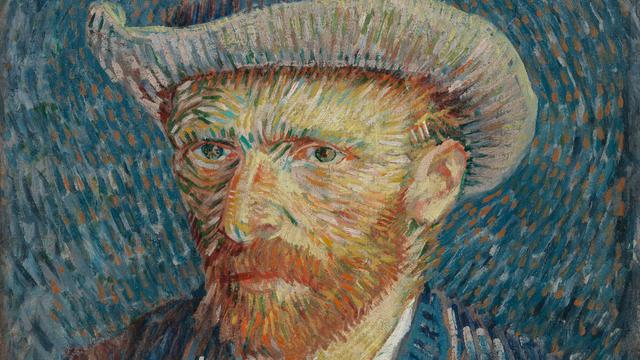The Letters
Van Gogh lovers, art historians and other specialists who for many years have felt the need for an edition of his letters as he actually wrote them will not have to wait much longer. A new edition of Van Gogh’s complete correspondence which does justice to the current state of Van Gogh research is being prepared by the Van Gogh Museum in Amsterdam.

Vincent van Gogh’s paintings and drawings make him one of the most important artists of all time, but he was also a talented writer. His correspondence has gained a worldwide reputation as an exceptional human document. The letters are an invaluable source of information on Van Gogh’s artistic development, his outspoken ideas on religion, art and literature, and his relationships with other painters. Editions and translations currently available, however, contain incomplete and poorly edited texts, derived from the unreliable four-volume edition, Collected Letters, published in Amsterdam between 1952 and 1954.
For several decades, research on Van Gogh has involved detailed debate about the dating and composition of the letters. This new edition, based on a fresh study of the original manuscripts, uses solid evidence to present a definitive and coherent picture of the latest findings, supplemented by new insights and information. Approximately 600 of the artist’s letters in Dutch and some 300 in French, mostly held by the Van Gogh Museum, will be published in their original languages accompanied by a parallel translation in English. The letters will undergo minimal editing and the translation will be as close to the original as possible, in an effort to unlock the ‘primal text’ for the first time.
Another innovation is the inclusion of notes relating to every issue on which contemporary readers might require clarification. They will identify the people mentioned in the correspondence, as well as the works of art and literature, and explain the cultural, biographical and art-historical background. The book will also contain reproductions of the many hundreds of artworks mentioned and discussed by Van Gogh, in order to chart a substantial portion of his self-education in art history.
This new edition, which presents a recently discovered letter and several previously unpublished passages, is unique in art-historical literature. The breadth and depth of its research and the comprehensive manner in which the results of that research are presented to the reader are unprecedented. For the foreseeable future this will be an indispensable source for anyone with an interest in Van Gogh. All future editions and translations of the artist’s correspondence will be based on this definitive standard edition.
Details and Research
Original letters: 920,000 words
Annotations: 650,000 words
Illustrations: 140 letter sketches
1,200 illustrations of works of art mentioned by Van Gogh, and 300/400 images of relevant works by himself
Research for the new edition of Van Gogh’s correspondence began in 1994, led by Leo Jansen and Hans Luijten. John Leighton, Director of the Van Gogh Museum, is on the editorial board, along with art historians from the Van Gogh Museum and researchers from the Constantijn Huygens Institute. Six well-known English translators have been engaged and are working under the supervision of Michael Hoyle.
The most important documents connected with modern art in existence.
New Statesman
A self-portrait in prose as remarkable as any of those that Van Gogh put on canvas.
The Sunday Times
